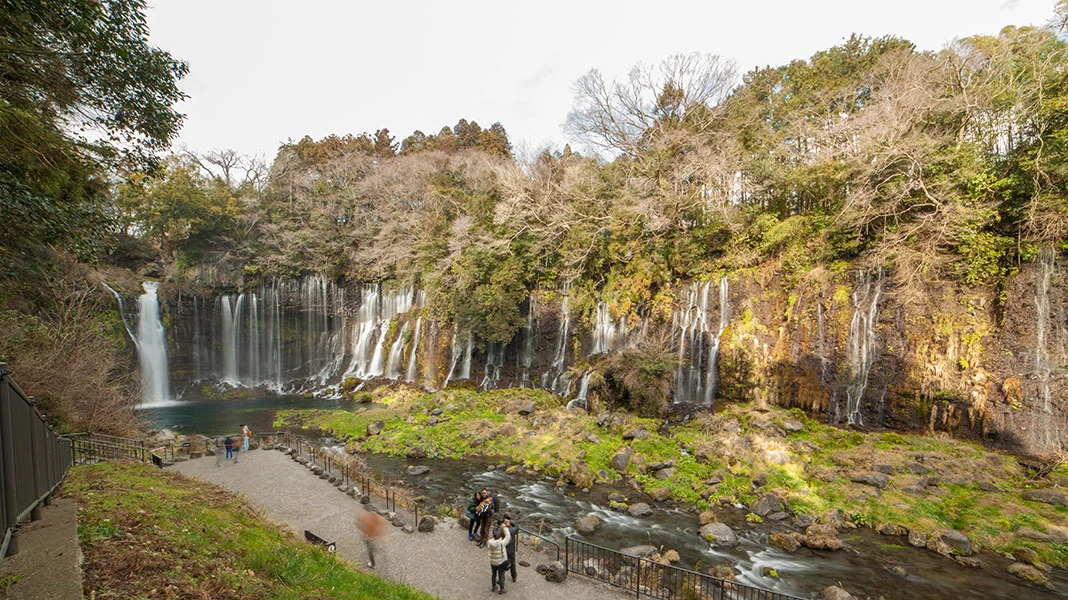Table of Contents
Shiraito no Taki: one of the top three waterfalls in Japan
Located in Fujinomiya City, the Shiraito no Taki Waterfalls have a drop height of 20 meters and a width of approximately 150 meters. The waterfall gets its name from the way that the groundwater from Mt. Fuji flows over it in innumerable thin strands that look like hanging white threads (shiraito) of silk.
Numerous shops line the way to this gorgeous sight, giving visitors plenty of opportunities to enjoy a bite to eat or hunt for souvenirs.
Off to the Shiraito no Taki Waterfalls! But first…
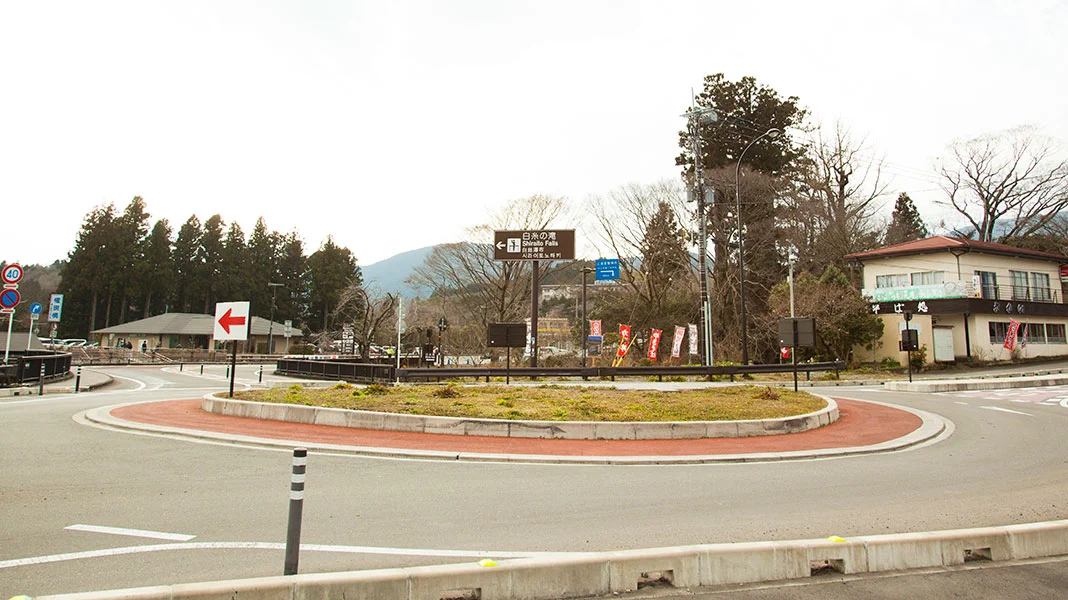
There is a roundabout at the entrance to the Shiraito no Taki Waterfalls.
Take a left when you enter the roundabout and drive clockwise around the island in the middle towards your destination.
Visitors who are not familiar with roundabouts should remain calm and slowly drive through on the way to Shiraito no Taki Waterfalls.
Otodome Falls and other spectacular views along the connecting path
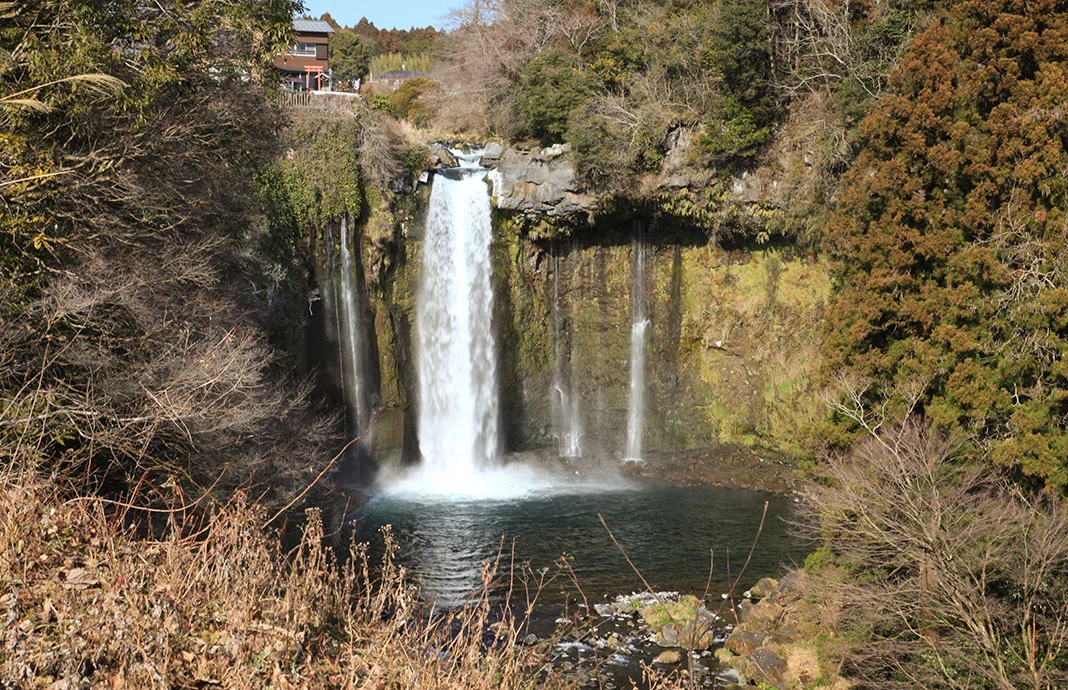
When heading for the Shiraito no Taki Waterfalls from the parking lot, you have to go along a path that connects the waterfall to the park. There are many good spots along the way. For example, just three minutes away on foot you will find an observation deck that offers a spectacular view of Otodome Falls.
This waterfall has been selected among the top 100 waterfalls of Japan, together with Shiraito no Taki Waterfalls! In contrast to Shiraito no Taki, the water at Otodome Falls cascades down with tremendous force. In the way that these two waterfalls have completely different characteristics despite their proximity to each other, some people have likened them to men and women.
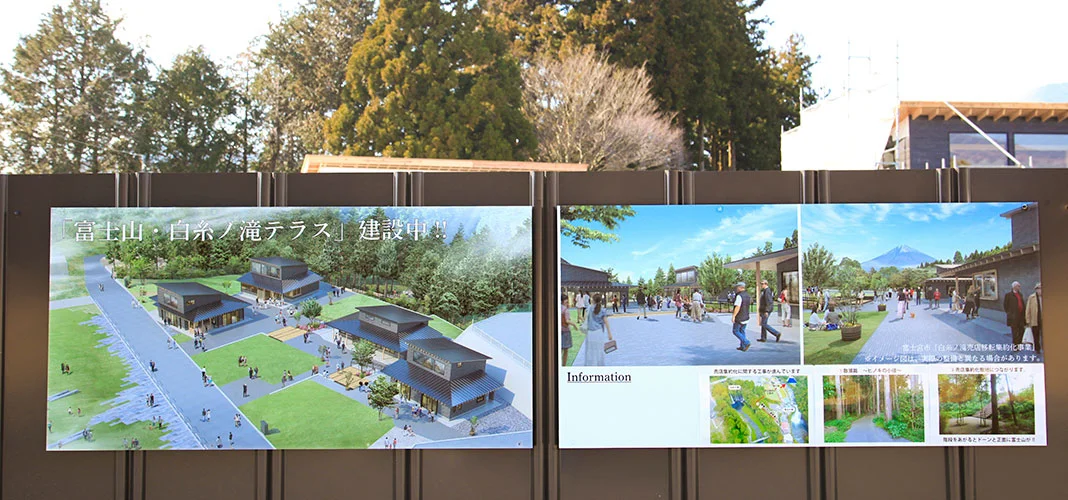
You don’t have to worry about food, souvenirs, and what to eat
Something else you cannot miss along the path to Shiraito no Taki Waterfalls is the so-called “street of shops” with all of its eateries and souvenir shops.
And when you come to Fujinomiya, you must have some Fujinomiya Yakisoba noodles.
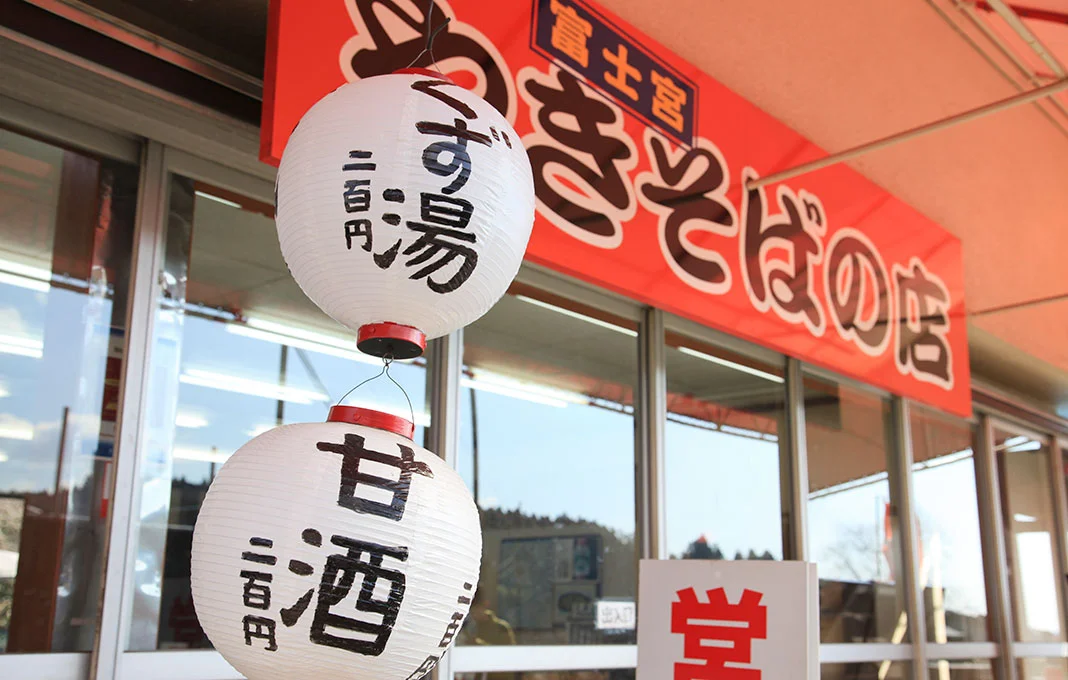
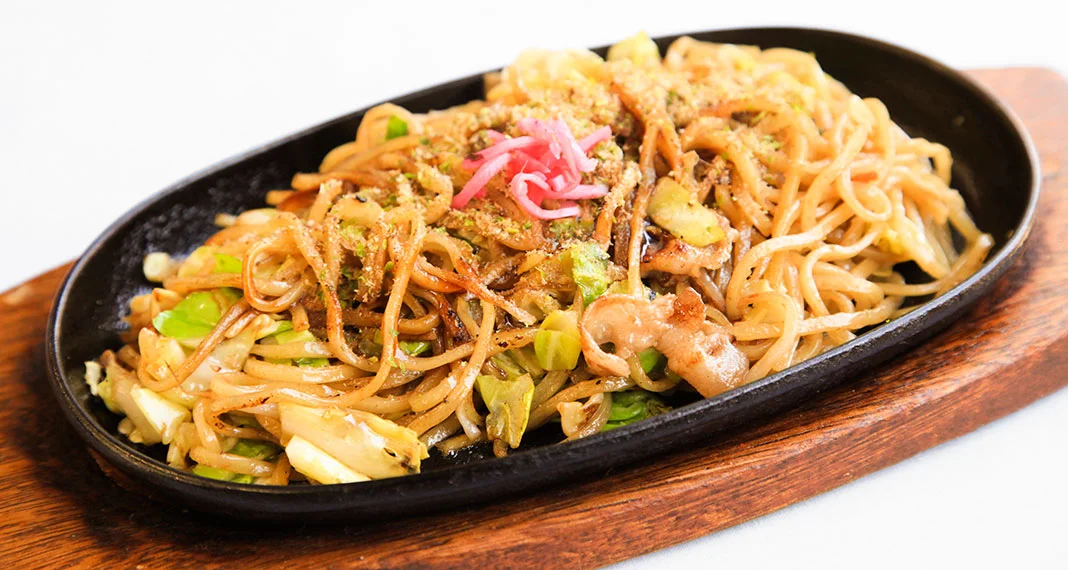
Famous for having won the grand prix award for budget gourmet dishes, Fujinomiya Yakisoba noodles have a distinctively springy texture. This shop’s Fujinomiya Yakisoba includes cabbage, squid, and nikukasu meat residue, making for a satisfying meal.
The beni shoga (red ginger) toppings add a nice accent to the noodles, and although the dish is filling, you will not tire of it.
I went to report on this dish together with the kids but just look at their faces as they taste the delicious Fujinomiya Yakisoba noodles.
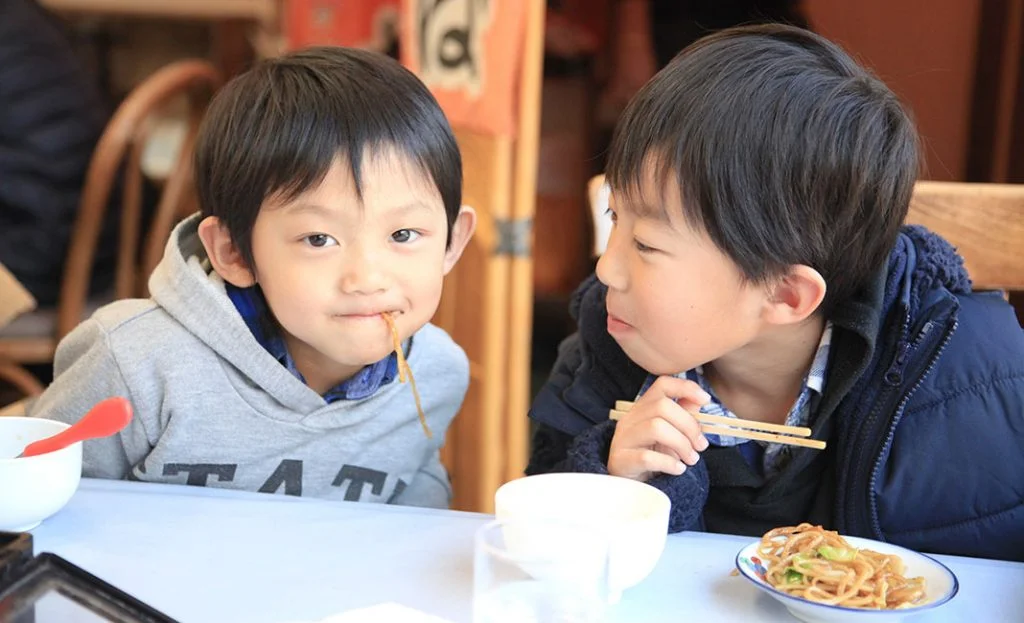
The view from the window was also fabulous and full of nature.
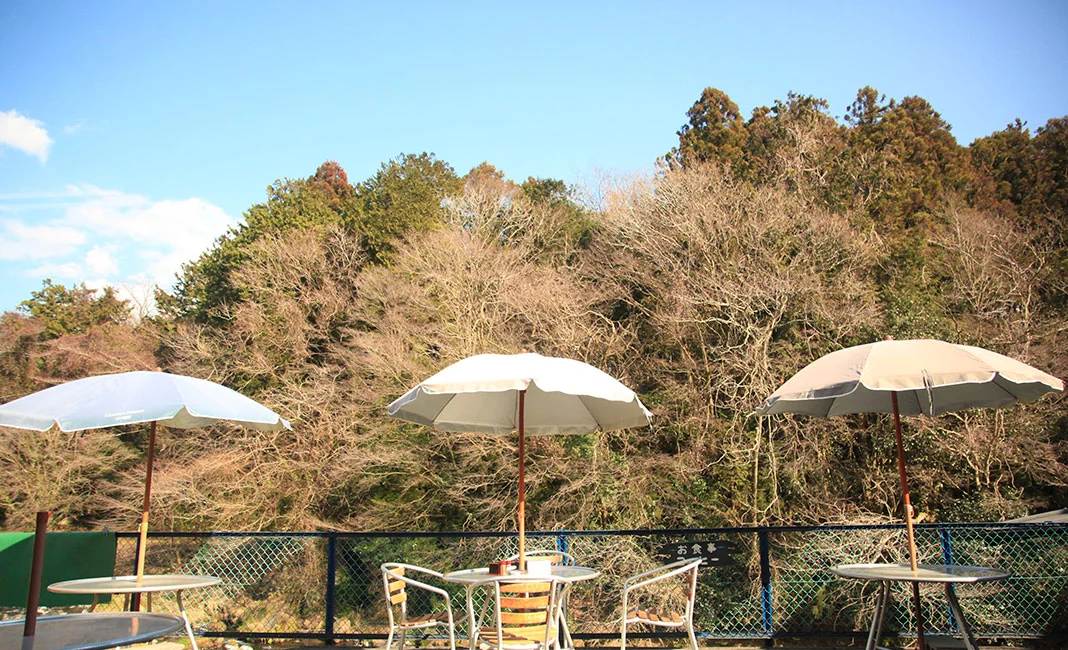
Finally meet “Shiraito no Taki Waterfalls”
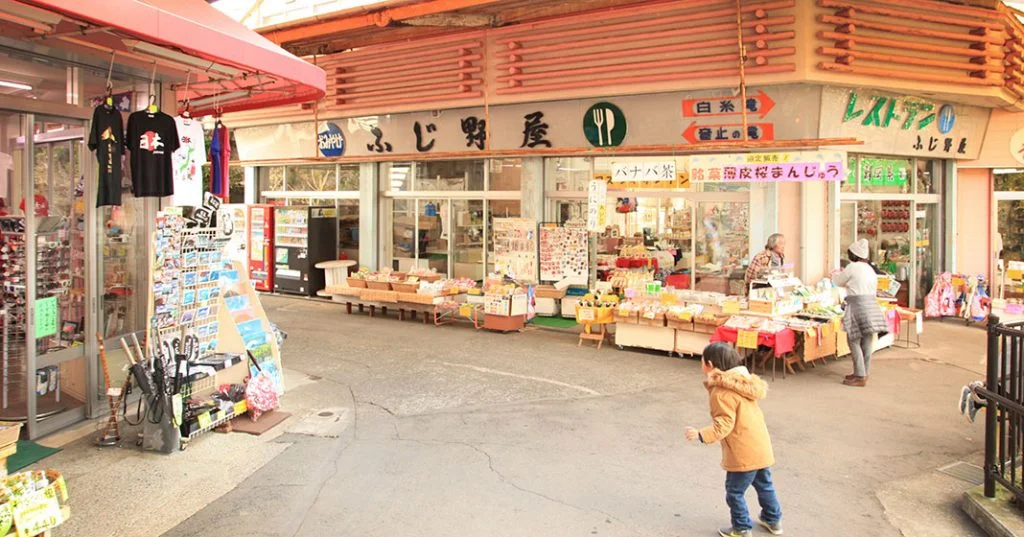
After finishing our meal, we head to the Shiraito no Taki Waterfalls. As we pass through the street of shops that I just described, we get to a long stairway. You can catch a small glimpse of the waterfall, and you can already feel the negative ions.

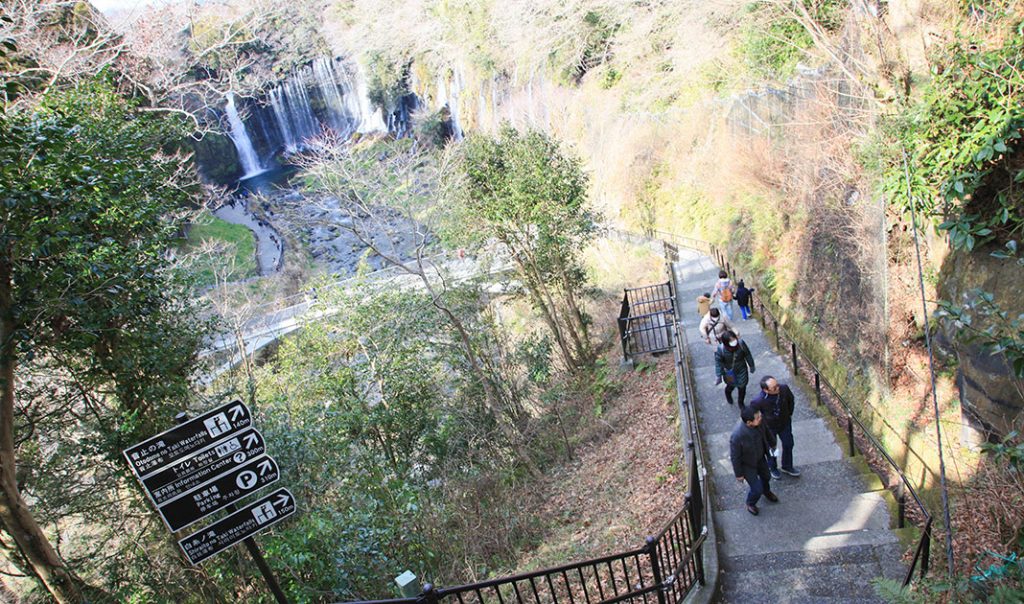
At the bottom of the stairs, you’ll find the Takimi Bridge, which translates to, “waterfall viewing bridge.” And once you cross that bridge…
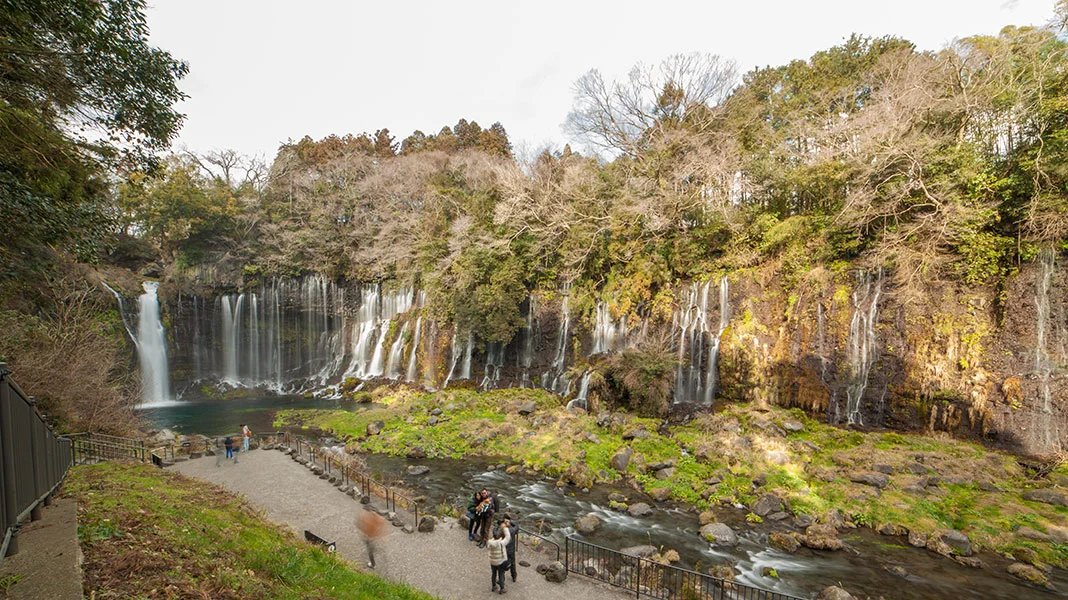
You finally come face to face with the Shiraito no Taki Waterfalls.
Unlike the stereotypical waterfall, countless strands of water flow forth from the rocks, spreading out in a panoramic view.
It’s easier to understand what I mean if you see it up close, but at a glance, the Shiraito no Taki Waterfalls is made up of many different colors. There’s the green of nature, the white of the waterfall, and the blue of the water collected in the waterfall basin. There were many people clutching cameras.

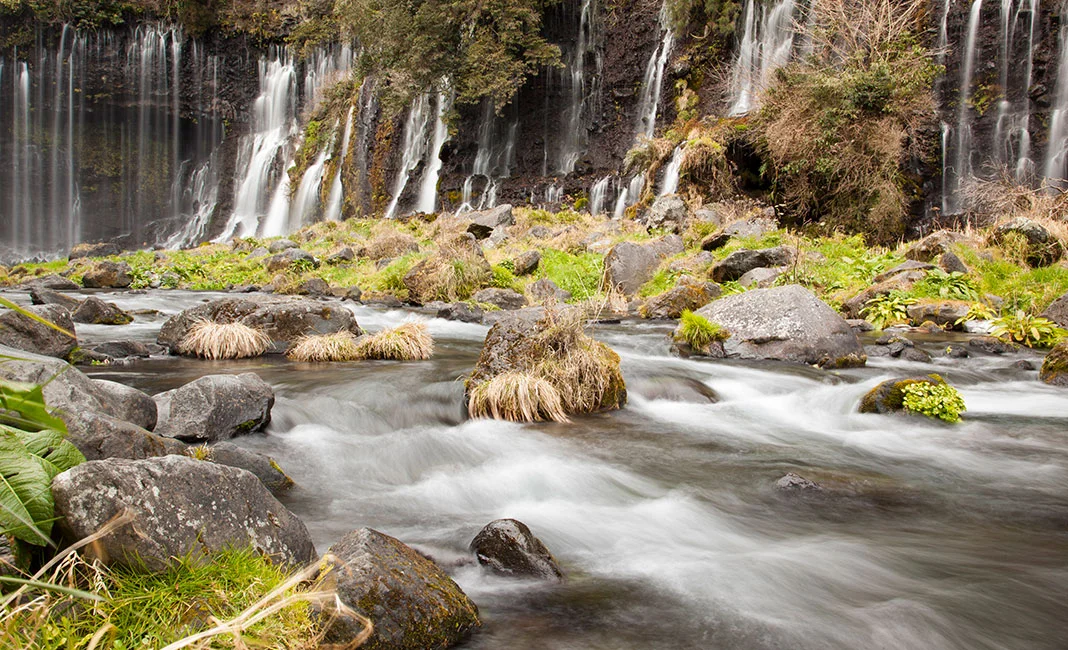
It was beautiful. No wonder it’s considered one of the most notable waterfalls in Japan.
Off to the observation deck in pursuit of more picturesque views
After seeing the powerful Shiraito no Taki Waterfalls up close, we follow the posted signs and continue along the connecting path.
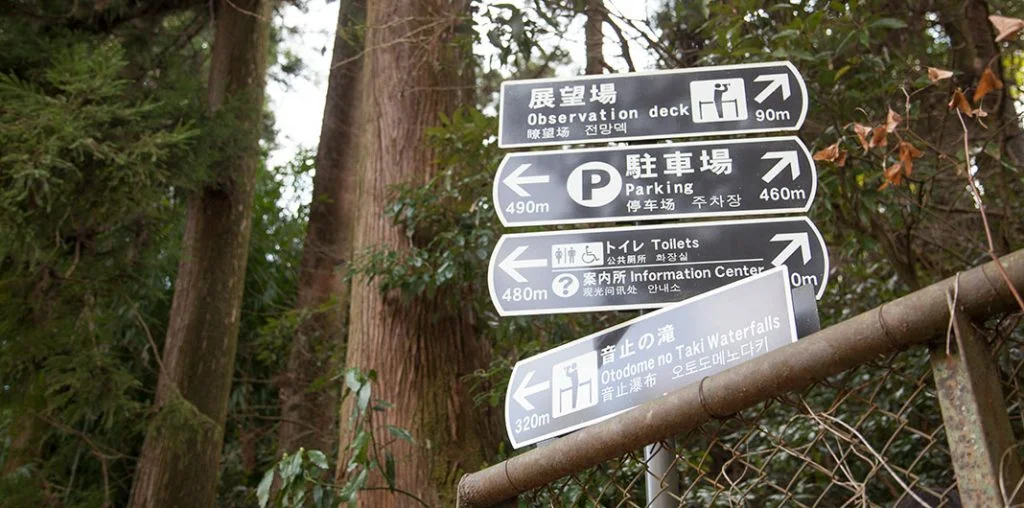
The 90-meter stairs were a challenge, but upon reaching the top…
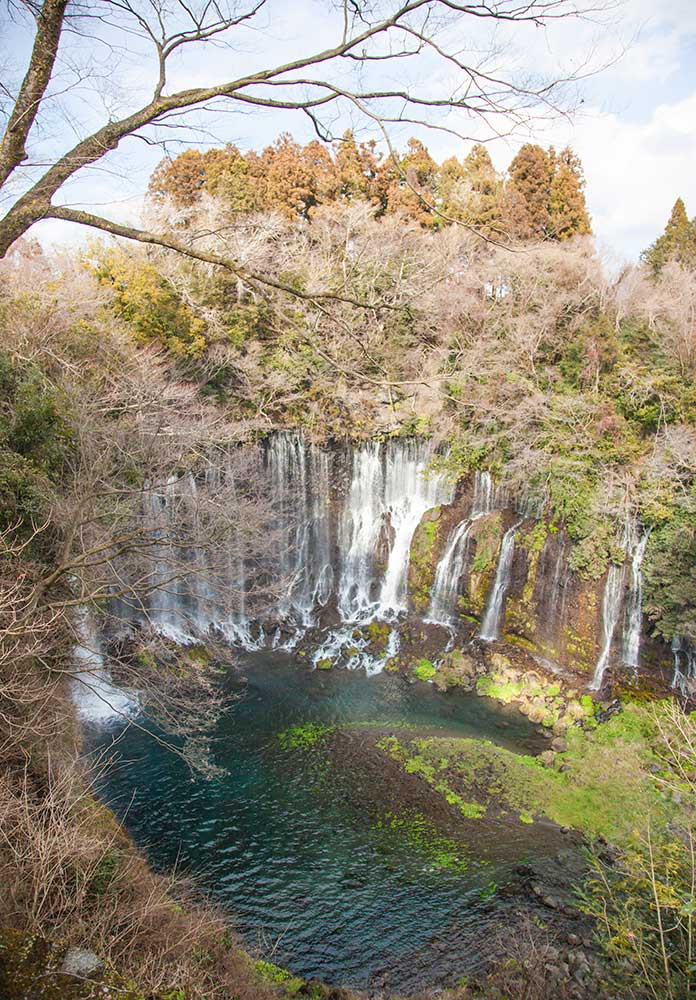
Shiraito no Taki Waterfalls as seen from the observation deck looks quite different.
The blue of the waterfall basin stands out much more, and I was surprised by how clear it is. You can see clear through to the bottom, even as the surface of the water trembles from the sheer volume of water that’s pouring in.
The greenery of nature around the waterfall also comes together, giving a completely different expression compared to when you view it from up close.
Summary
Spring, summer, fall, winter. You can feel all the changes of the four seasons. When you visit the Mt. Fuji area, do make sure to make your way to the Shiraito no Taki Waterfalls.
